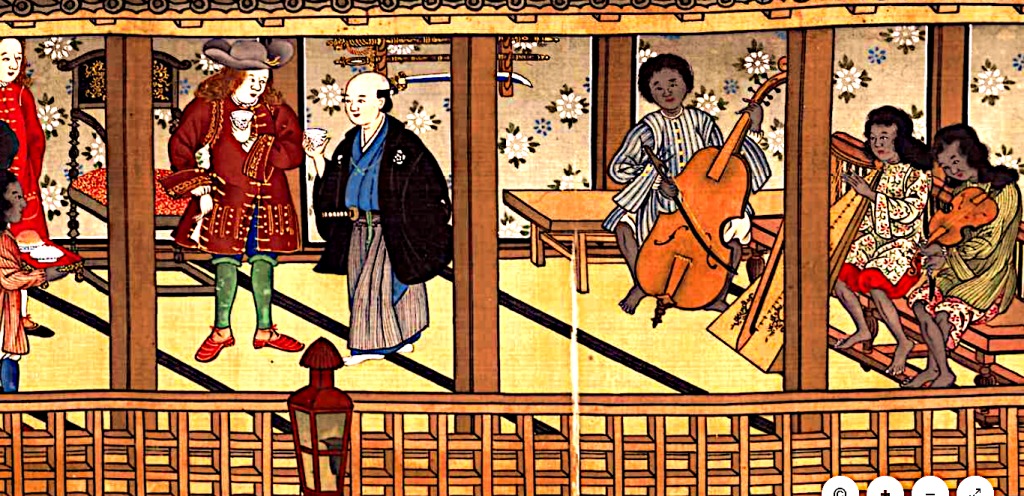Mensural notation - why it's really not that hard, except for the parts that are! Don't have a clue what that meant? Check out this fantastic overview from Early Music Sources!
Clavicytherium
Most people are familiar with harpsichords. And we've talked about the lautenwerck before. But how about the clavicytherium?
Isabella Leonarda
Beethoven isn’t the only composer having a major anniversary year - Isabella Leonarda is as well! Don’t know who she was? Read more below and then check out this excellent video from Pacific MusicWorks! (It’s only available until the end of September)
… read more on Wikipedia…
Slave Orchestras
We often talk of musicians as "servants to art" or "serving the audience" or we point out that formal concert wear is based on servant clothing. But let's go deeper. What about the musicians who actually were enslaved?
Yearly Stats!
Early Music Monday had a birthday on August 21st! We're now beginning the fourth year of random Early Music tidbits.
To date we've had 35 music history posts, 4 about early instruments, 48 listening examples, 10 about music theory, 30 about people (composers, performers, patrons, etc.), 23 about performance practice, and 4 about musical philosophy. You can explore all of these in the archive!
Onward for year 4!
Do you know these tunes?
Missed the earlier posts in the Name That Tune series? Catch up here:
Part 1 - Carmans Whistle (and how the series started)
Part 2 - Nottingham Ale (with my friends in Seven Times Salt)
Part 3 - Minuet from Overture in G major, TWV 32:13
Part 4 - Canaris from Suite No. 5 in G minor by Jacques Champion de Chambonnières
There are three tunes that have yet to be identified… can you help?
If you know any of these three remaining tunes, let me know!
Name that (early music) tune, part 4 - Canaris from Suite No. 5 in G minor by Jacques Champion de Chambonnières
And the last installment (for now) of our Name That Tune series! If you need to catch up:
Part 1 - Carmans Whistle (and how the series started)
Part 2 - Nottingham Ale (with my friends in Seven Times Salt)
Part 3 - Minuet from Overture in G major, TWV 32:13
Kudos to Alastair Thompson for his identification of this one! Read more below about harpsichordist and composer Jacques Champion de Champonnières, and then have a listen to the two different ways his tune was used!
Maddalena Casulana
When you think of madrigals, which composers come to mind? Monteverdi? Gesualdo? What about Maddalena Casulana?
Name that (early music) tune, part 3 - Minuet from Overture in G major, TWV 32:13
Back to our Name That Tune series! If you missed the last two:
Part 1 - Carmans Whistle (and how the series started)
Part 2 - Nottingham Ale (with my friends in Seven Times Salt)
This week, Telemann’s Minuet from Overture in G major, TWV 32:13
Telemann was a friend of both Bach and Handel, and was incredibly prolific. Read more about Telemann below and then have a listen to the two videos!
The art of diminution in the 16th century
Diminutions, divisions, passaggi, glosas… Let’s talk about ornamentation in the 1500s!
Or even better, here’s Early Music Sources to teach us all about it:



